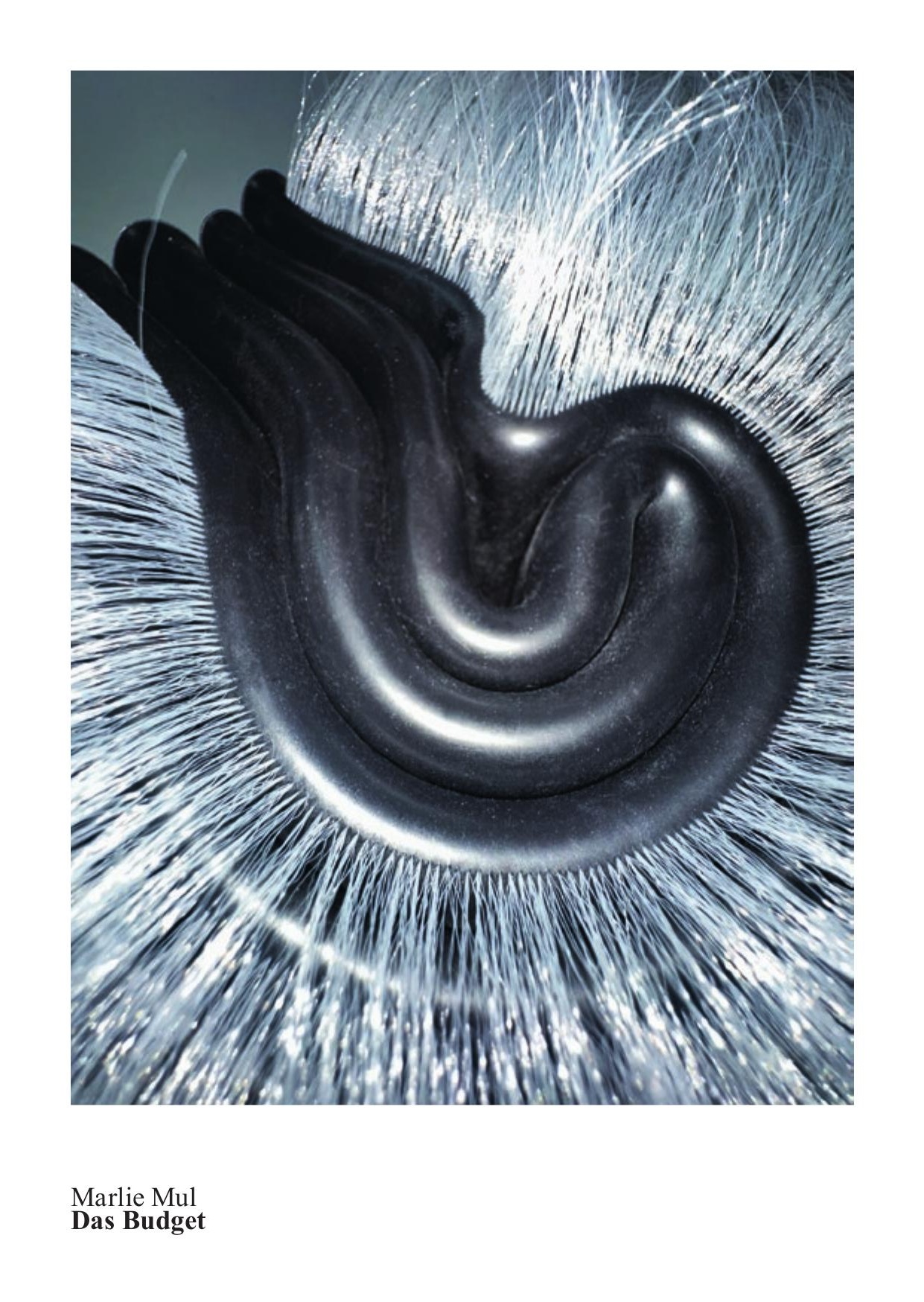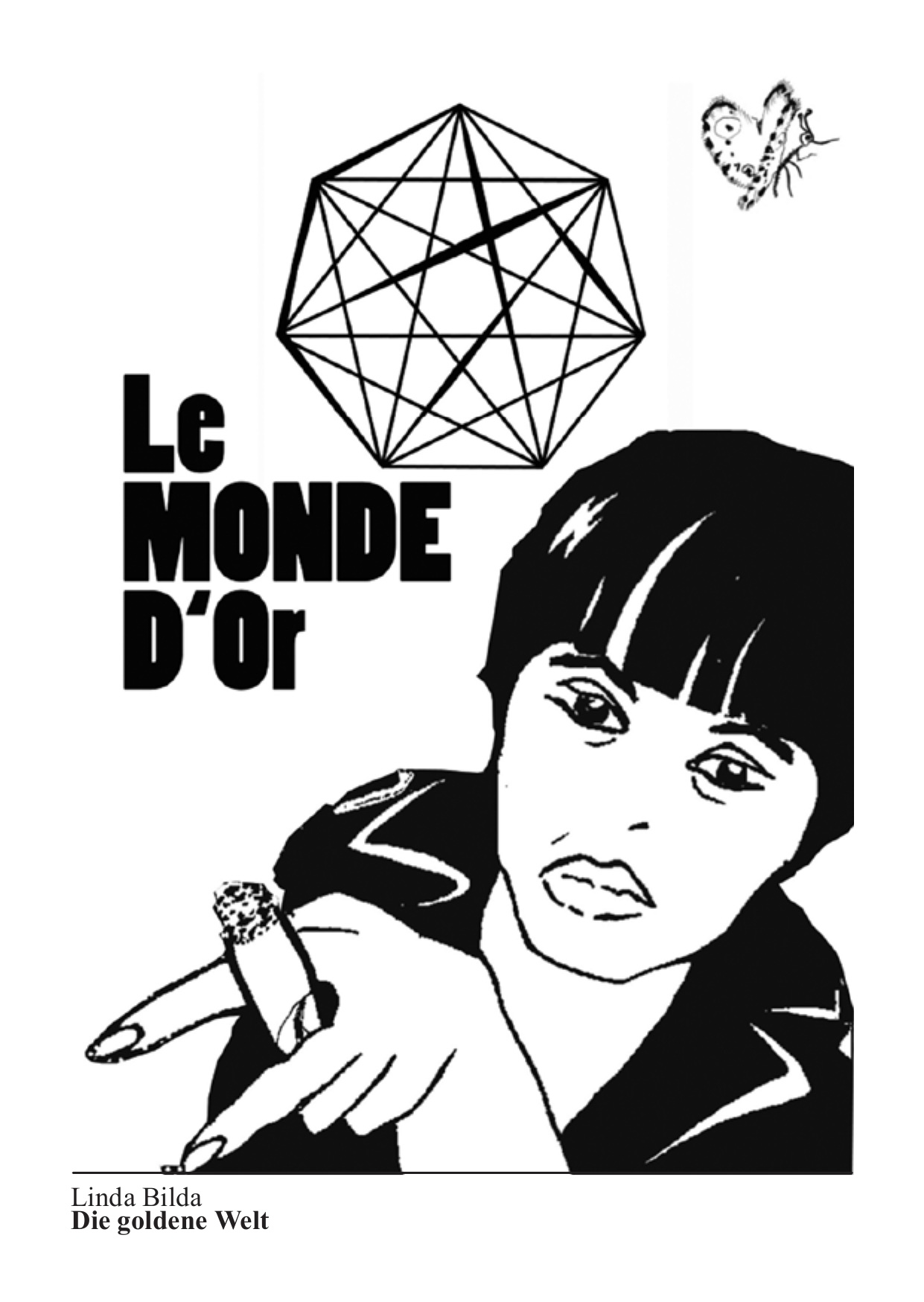29.6. – 24.8.2003
Fink Forward. Edition Fink: the Collection/Connection
The Fink Forward project exhibits works of artists from the circle of edition fink. The collected positions are among the most exciting the Swiss art scene currently has to offer.
The team of curators – Matthias Kuhn, Christoph Lichtin, Georg Rutishauser, Nadia Schneider – has invited seven artists to realize new works for Fink Forward in the halls of the Glarus Art Museum. The invited artists all work across different media to a high extent, whether by combining sculpture, painting, and installations (like Markus Müller, Jonathan Delachaux, or Valentin Carron), installation, video, and photography (Cooky Gordon or Daniel Schibli), or also text and objects whose content is developed from these texts (Mai-Thu Perret). A striking parallel between the very independent positions can also be found in their interest in everyday life, the banal and the way it is staged, sometimes containing a theatrical aspect. Certain works can at first glance be formally interpreted as a backdrop, set, or prop, and they play with the aspect of illusion (trompe l’oeil), mimicry, and the fake. Others work with a certain stylization and distortion of well-known things – usable objects, furniture, architectures – or narratively charge supposedly ordinary objects by contextualizing them in a larger context.
In the large skylight hall on the upper level of the Art Museum, Markus Müller‘s monumental sculpture of a boulder stands on a pedestal. Again and again, the artist (b1970 in Basel, lives and works in Basel) uses the most inexpensive materials in his work like cardboard and plywood to feign the opposing materiality of fine marble or agate. His objects, strange intersections of domestic worlds, furnishings, and ‹high art›, serve as hand-made surrogates that do not depict an object, but rather ‹stage› them in a theatrical sense. They pretend to be something they are not, but they let the viewer realize in a very short period of time that the deceptively real-looking objects and buildings are pure appearance. A look behind the façade shows the construction and reveals the suggestive power of décor and ornamentation in their theatrical presentation as an exaggeration and seductive illusion.
Markus Müller’s sculpture is juxtaposed with pictures by Stefan à Wengen (b1964 in Basel, lives and works in Düsseldorf) in the large skylight hall. The pictures by à Wengen radiate the stillness of an unused film set – a deceptive stillness, which at any moment threatens to flip into the strange and uncanny. The motifs of his images, landscapes, temporary architectures, and recently also portraits of people from other cultural backgrounds, painted in reduced color but nevertheless intensely vivid, originate in newspapers and magazines, but they all have the power of images from collective memory. The sober, documentary realism of à Wengen combines with melodramatic effects (not least from the visual vocabulary of horror movies), resulting in a (consciously employed) psychologizing of the image.
Daniel Schibli (b1963 in Zurich, lives and works in Zurich) will realize a large installation in the side-window hall, based on photographs of his experimental setups. It is not easy to reduce the work of Daniel Schibli to a common denominator: After the artist dealt with the elementary conditions of contemporary sculpture in video-documentary performances in the early 90‘s, he began to create installations in his studio in the mid 90‘s – model rooms and landscapes – that served as a basis for his photographic works and sometimes also as a backdrop for his videos. While an ever stronger tendency to narrative manifested itself in his videos, the influence of bizarre, fairy tale, dreamlike, or nightmarish aspects at the same time also became noticeable in his photographs and objects.
Also in the side-window hall, a work by Mai-Thu Perret (b1976 in Geneva, lives and works in Geneva and New York) will be exhibited, which describes the Crystal Frontier project in diary form since 1999. Crystal Frontier is a (fictitious) utopian community of women which has withdrawn into the desert to lead life according to its own ideas. Mai-Thu Perret’s texts are, however, definitely not to be classified as fiction/as literature, since they formally remain within the framework of private testimonies of the \‹authors›. They serve the artist as a scenario or system within which she generates objects connected in a loose, associative manner with the life and longings of the utopian women’s commune. Mai-Thu Perret has planned a monumental sculpture for Glarus that will be inhabited by rabbits for the duration of the exhibit, since the breeding of domestic animals, especially rabbits, is part of the rural life of the self-sufficient members of Crystal Frontier. The rabbit hutch not only serves as a functional building, but also reflects the esthetic preferences and desires of the women’s group.
Cooky Gordon (b1973, lives and works in Los Angeles and Nuuk, Greenland), who attracted attention in Switzerland primarily for her exhibit at Kleines Helmhaus, Zurich (‹stuff 99›, 1999), uses the two Schneeli halls on the lower level of the Glarus Art Museum for her comprehensive installation with paintings, objects, video, and sound. Like her work at Kleines Helmhaus, which focused on her sister, who works as a model for international agencies, the installation at the Glarus Art Museum is likewise biographically influenced. Following in the tracks of her father, Cooky Gordon relocated to Greenland a while back, where she quickly formed a new network and launched music projects. Starting with a documentary film about the polar expedition that drew Cooky Gordon’s father away from the family in 1979, she explores the fragmented landscapes of the Arctic Circle in her installation as the computer avatar ‹Victoria›.
Valentin Carron (b1977 in Fully VS, lives and works in Fully) has incorporated creative practices into his own artistic work that have hardly gained entry into ‹high art›. With biting humor, he fashions his works using arts and crafts techniques, and draws on the advice of specialists. For instance, he recently had an artist-craftsman copy pictures by Fernand Léger, i.e. works of art-historical relevance, onto leather skins, crudely stretched onto organically formed wooden frames. But Valentin Carron also transfers everyday objects affected by a taste of the petty bourgeois (a pergola, a garden gate, etc.) into art – but often implements these with techniques that again originate in the domain of arts and crafts. In the Glarus Art Museum, Valentin Carron will produce an extensive mural in the hall of the former natural history collection.
Jonathan Delachaux (b1976 in Geneva, lives and works in Geneva) has worked for ten years on a fiction, the focus of which are the three characters Vassili, Johan, and Naïma. In his exhibits, the artist documents events, experiences, and episodes from the life of the three figures (who exist as puppets), by means of painting, photography, sculpture, text, or music. At certain points, however, fiction and the real life of the artist have begun to mix, in that the figures have become an integral component of his artistic work and he himself sometimes appears as a puppet in his works. For the exhibit in Glarus, Delachaux will paint pictures in which the three friends will be portrayed in front of the works of the six other participating artists of Fink Forward. However, these pictures were created long before the artist would have been able to see the real works!
edition fink is a publisher for contemporary art in Zurich, which endeavors to produce artist books and catalogues in very close collaboration with the artists, as well as multiples in small print runs. As its 50th publication, Fink Forward, the collection/connection, will appear on 10 August 2003 as part of the project. (Complete information on all publications and on the project Fink Forward may be found at www.editionfink.ch).

















